Step into the thrilling world of Big Cat Country at the Milwaukee Zoo, where you can encounter some of the planet’s most magnificent and fascinating creatures. From the snowy terrains to the African savanna, this exhibit brings you face-to-face with incredible animals and offers a glimpse into their unique adaptations and behaviors. Explore the diverse inhabitants of Big Cat Country and learn about what makes each species so special.
Elusive Snow Leopard: Masters of the High Mountains
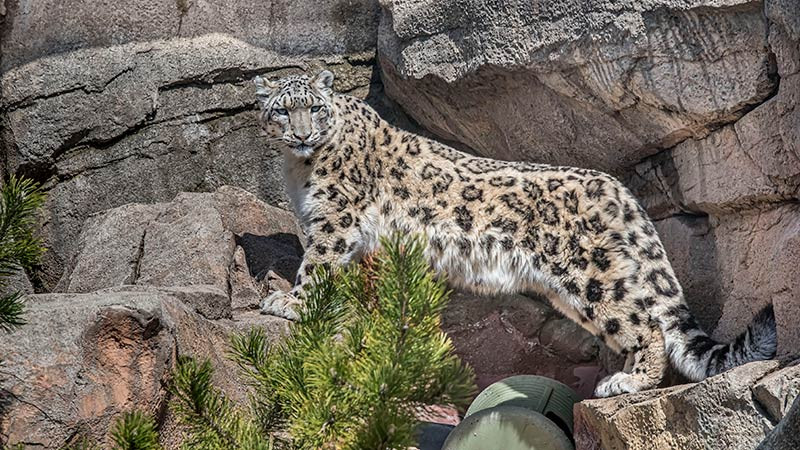 Snow Leopard with thick fur and large paws adapted for snowy terrain
Snow Leopard with thick fur and large paws adapted for snowy terrain
Witness the stunning snow leopard, an animal perfectly adapted to its high-altitude home. These elusive cats possess remarkably large paws, complete with fur on the soles. This natural design provides exceptional traction on snow and ice, while also offering crucial protection against sharp rocks and freezing temperatures. Their long, bushy tails are more than just for balance; they serve as a cozy, built-in comforter, wrapped around their bodies for extra warmth in the frigid mountain air. Incredibly, a snow leopard’s tail can be almost as long as its entire body!
The Vocal Spotted Hyena: Laughter in the Wilds
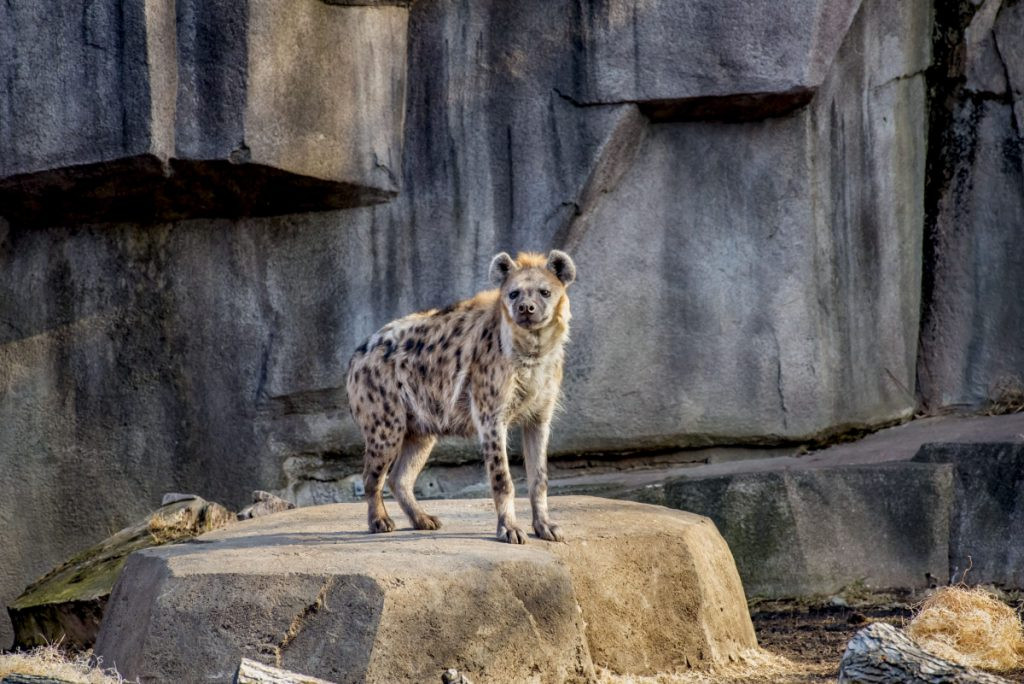 Spotted Hyena with powerful build and distinctive spots, part of Milwaukee Zoo's Big Cat Country
Spotted Hyena with powerful build and distinctive spots, part of Milwaukee Zoo's Big Cat Country
Prepare to be amazed by the spotted hyena, a highly intelligent and social animal known for its complex vocalizations. Spotted hyenas are famous for their distinctive “laughing” sound, often heard when they are under stress, being chased, or during conflicts. Beyond laughter, they communicate with a range of “whoops” and other sounds, especially when a pack is coordinating for a hunt. These vocalizations are vital for their social structure and cooperative hunting strategies within Big Cat Country.
Agile Serval: The Long-Legged Hunter of the Savannah
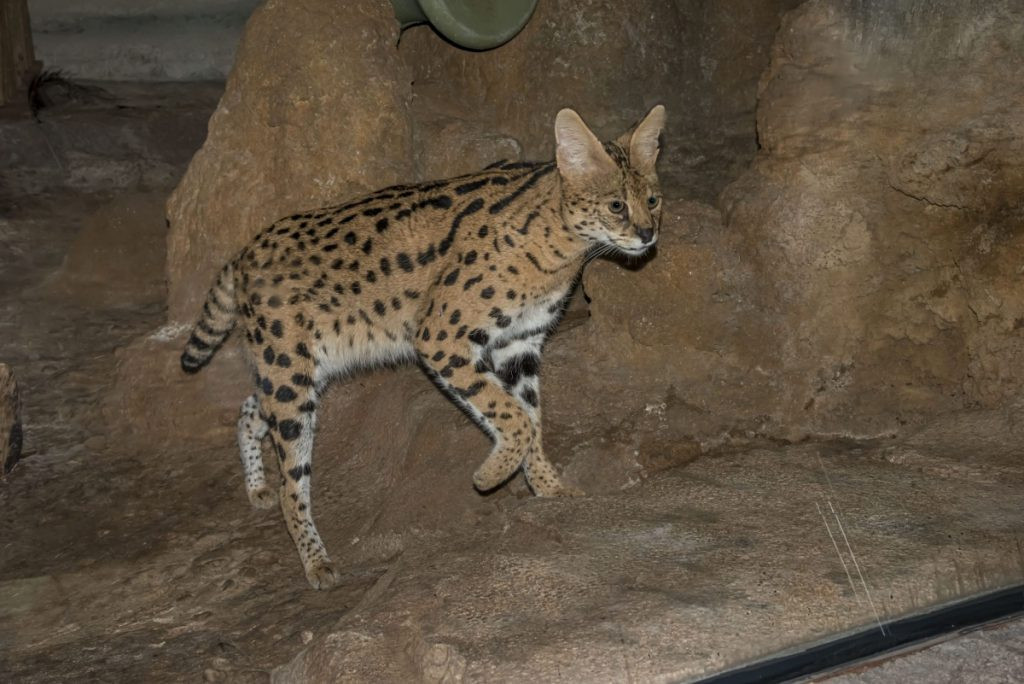 Serval cat with long legs and spotted coat, showcasing its adaptation for hunting in tall grasses
Serval cat with long legs and spotted coat, showcasing its adaptation for hunting in tall grasses
Observe the elegant serval, a medium-sized cat distinguished by its exceptionally long legs. Proportionally, servals have the longest legs in the cat family, an adaptation that allows them to peer over tall savanna grasses to locate prey. This height advantage, combined with their impressive leaping ability—twice their body length—makes them formidable hunters. A serval’s pounce can cover distances of 3 to 12 feet, reaching heights of over 3 feet, showcasing their agility in Big Cat Country.
Powerful Jaguar: The South American Phantom
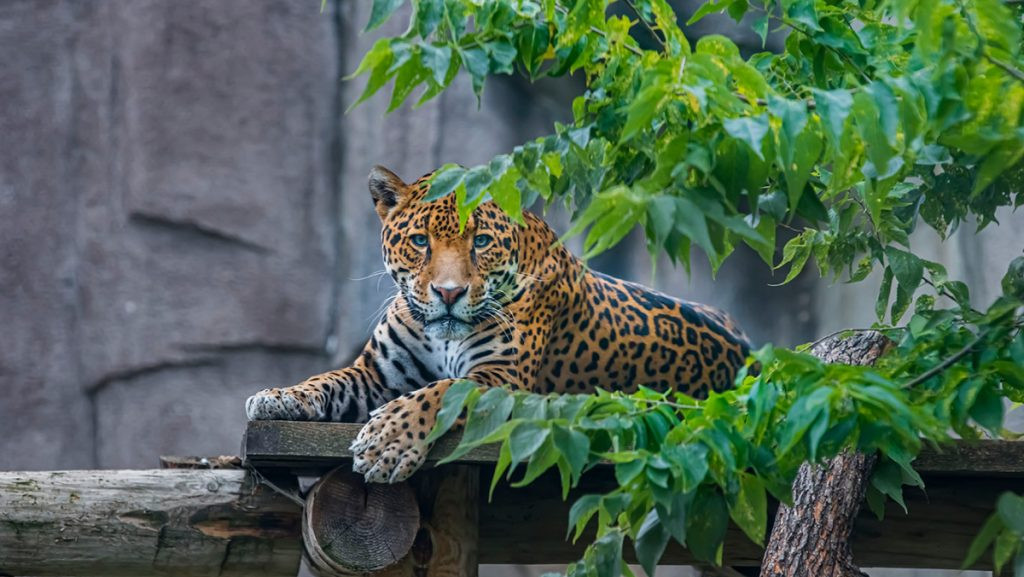 Jaguar with rosetted coat, a strong swimmer and predator at Milwaukee Zoo
Jaguar with rosetted coat, a strong swimmer and predator at Milwaukee Zoo
Encounter the powerful jaguar, whose very name originates from the South American term “yaguara,” meaning “a beast that kills its prey with one bound.” Jaguars are renowned for their strength and hunting prowess. Unlike many cats, they are excellent swimmers and frequently hunt near water sources. A fascinating hunting technique of the jaguar is “fishing” by rhythmically waving their tail over the water’s surface to attract unsuspecting fish. Each jaguar’s spot pattern is unique, like a fingerprint, making every individual in Big Cat Country distinct.
Swift Cheetah: The Speed Champion
 Cheetah with distinctive tear marks, the fastest land animal at Milwaukee Zoo's exhibit
Cheetah with distinctive tear marks, the fastest land animal at Milwaukee Zoo's exhibit
Marvel at the incredible cheetah, the fastest land animal on Earth. The name “cheetah” comes from Hindi, meaning “spotted one,” perfectly describing their iconic coat. Cheetahs possess a streamlined body and longer legs than other big cats, contributing to their exceptional speed. The distinctive black “tear stripes” running from their eyes down their nose are believed to reduce sun glare, enhancing their vision during high-speed chases across the plains of Big Cat Country.
Social African Lion: Kings of the Pride
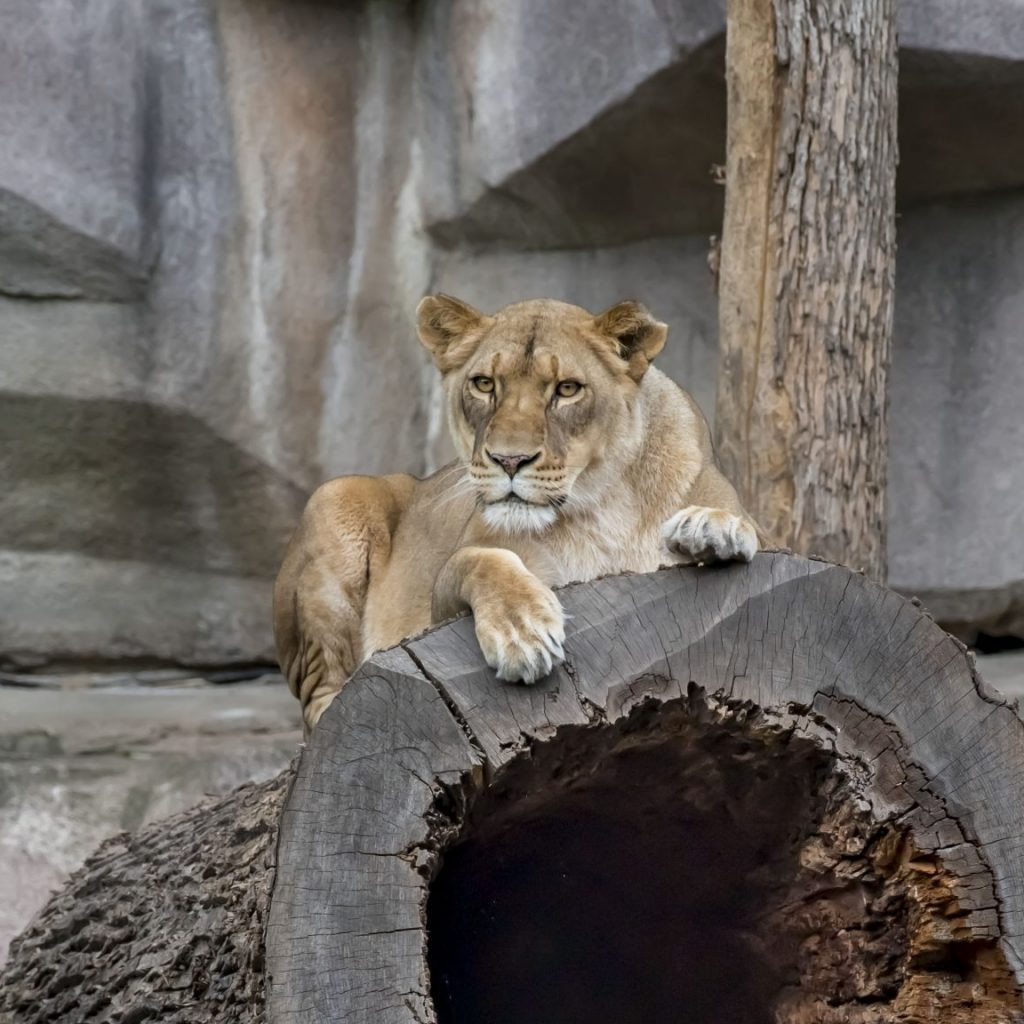 African Lion with a majestic mane, representing social behavior in big cats at the zoo
African Lion with a majestic mane, representing social behavior in big cats at the zoo
Observe the majestic African lion, unique among cats for living in large social groups called “prides.” A pride can range from 3 to 30 lions, typically consisting of related lionesses—mothers, sisters, and cousins—along with their cubs, and a small number of unrelated adult males. This complex social structure is fascinating to witness in Big Cat Country, highlighting cooperative living among big cats.
Hardy Amur Tiger: Striped Survivor of the Cold
 Amur Tiger with pale orange fur and stripes, adapted to cold climates in Big Cat Country
Amur Tiger with pale orange fur and stripes, adapted to cold climates in Big Cat Country
Discover the Amur tiger, a subspecies adapted to the cold climates of far eastern Russia. Amur tigers are distinguished by their paler orange coats and fewer stripes compared to other tiger subspecies. Intriguingly, each tiger’s stripe pattern is unique, much like human fingerprints, and their facial markings serve as a form of individual identification. Unlike many other cat species, Amur tigers readily enter water and are strong swimmers, demonstrating their adaptability within Big Cat Country’s diverse environments.
Charming Red Panda: An Unexpected Resident
 Red Panda climbing in its habitat, geographically linked to big cats in Big Cat Country
Red Panda climbing in its habitat, geographically linked to big cats in Big Cat Country
Finally, meet the delightful red panda. Despite its name, the red panda is not closely related to giant pandas. They reside in Big Cat Country due to their geographical origin, sharing wild habitats with some of the “true” big cats. At the zoo, red pandas are often seen skillfully climbing high on their habitat platforms, showcasing their arboreal nature within this diverse animal exhibit.
Explore Big Cat Country at the Milwaukee Zoo and witness the incredible diversity and adaptations of these amazing animals!
